Keystone species are essential to maintaining the balance of their ecosystems. Without them, the structure of the habitat could change dramatically. These species often influence many other organisms in their environment, helping to regulate populations and maintain biodiversity. Here are some keystone species that play a crucial role in their habitats, each with a vital impact on the environment around them.
African Elephant

African elephants are ecosystem engineers. Their massive size allows them to knock down trees, opening up grasslands for other species. They also dig water holes during dry seasons, providing water for themselves and other animals. Their seed-dispersal habits help regenerate plant life across large areas. Without African elephants, the landscape would transform, affecting countless species.
Gray Wolf
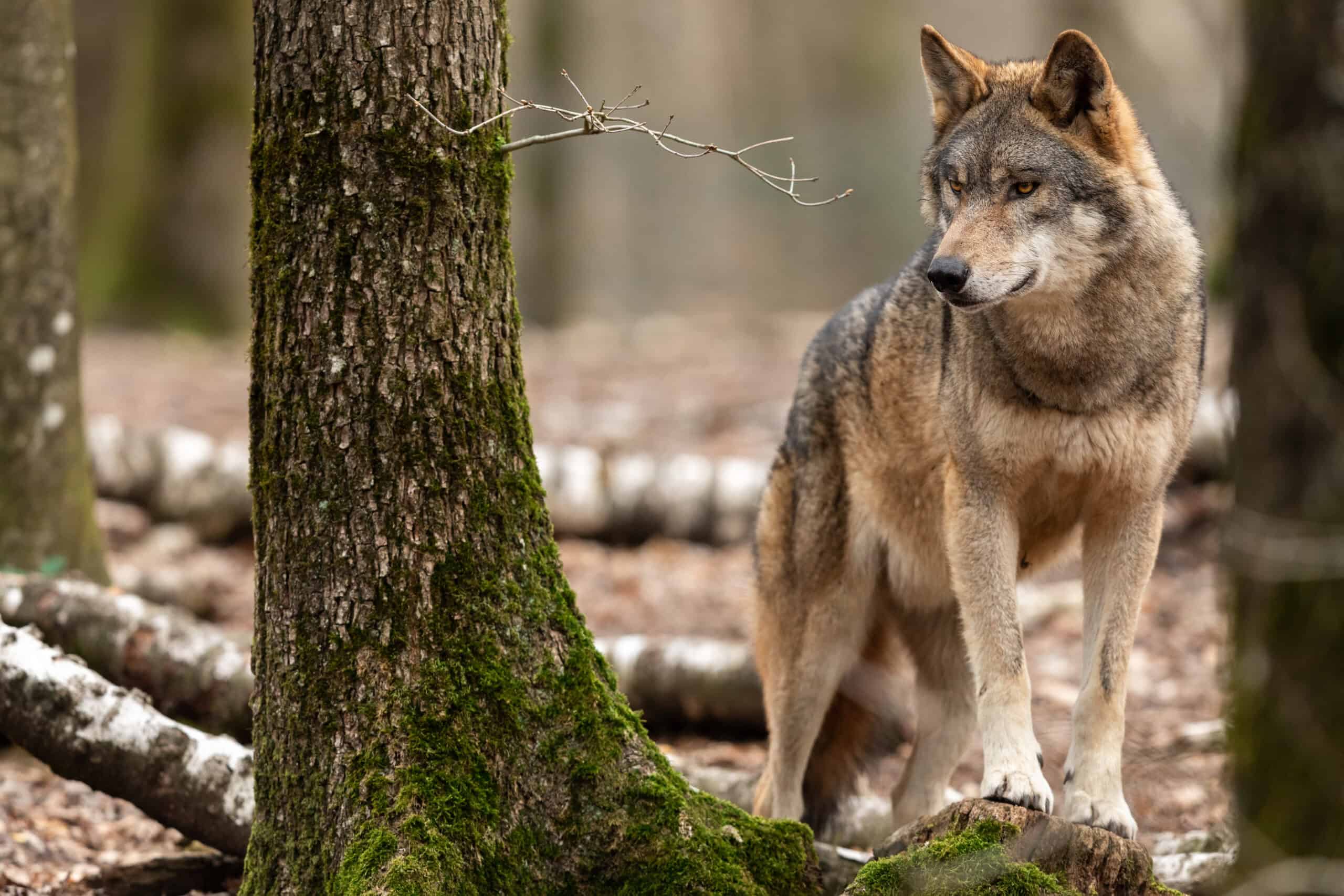
Gray wolves play a critical role in regulating prey populations, like deer and elk. This balance prevents overgrazing, which can lead to habitat degradation. Wolves also create opportunities for scavengers by leaving behind uneaten prey. In some areas, their presence even restores vegetation and helps river ecosystems recover. Gray wolves keep ecosystems healthy and thriving.
Sea Otter
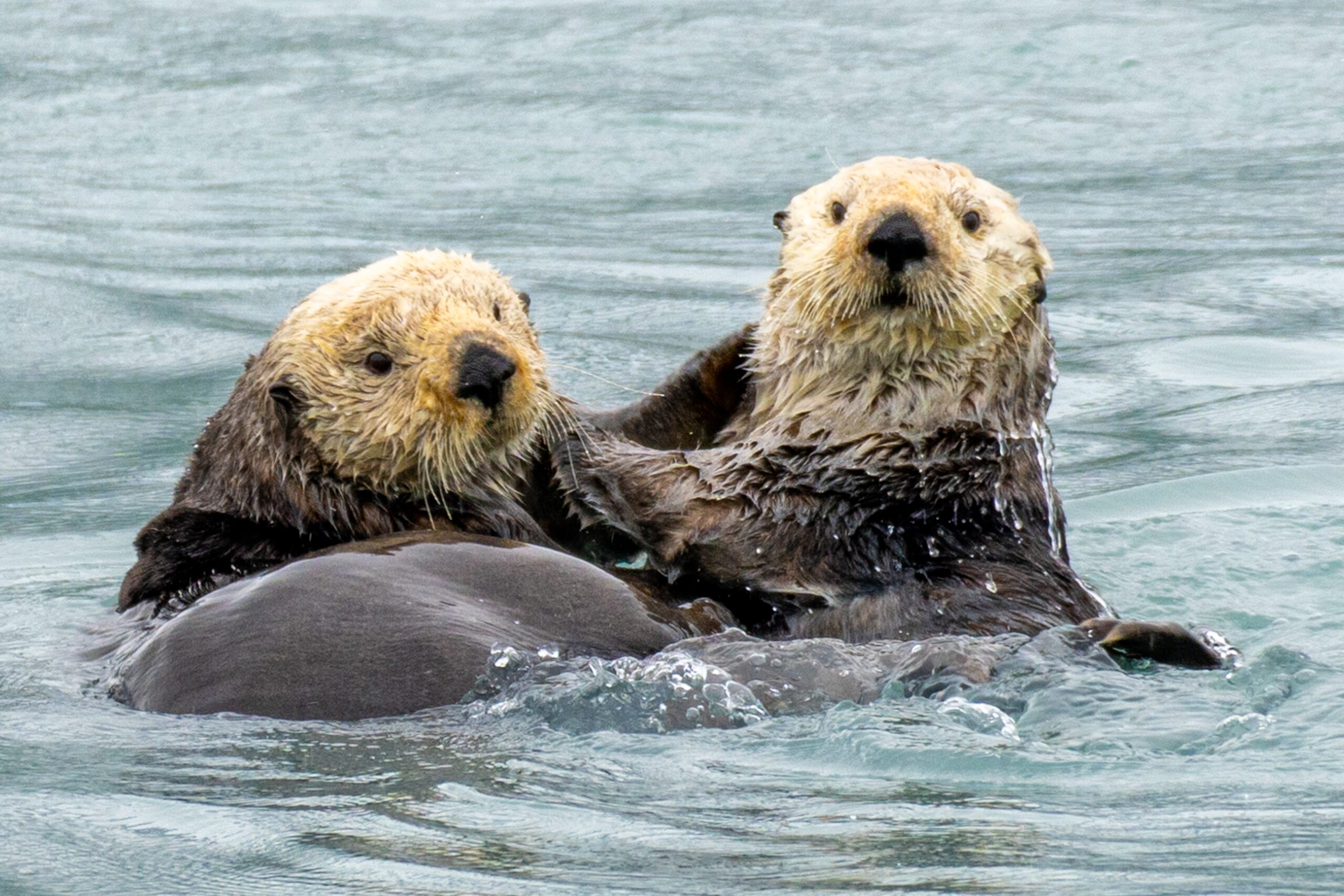
Sea otters are essential to the health of kelp forests. They feed on sea urchins, which, left unchecked, can decimate kelp beds. Kelp forests provide shelter and food for a wide variety of marine life. By controlling sea urchin populations, otters help maintain the balance of these underwater habitats. Their role is key to preserving marine biodiversity.
American Beaver
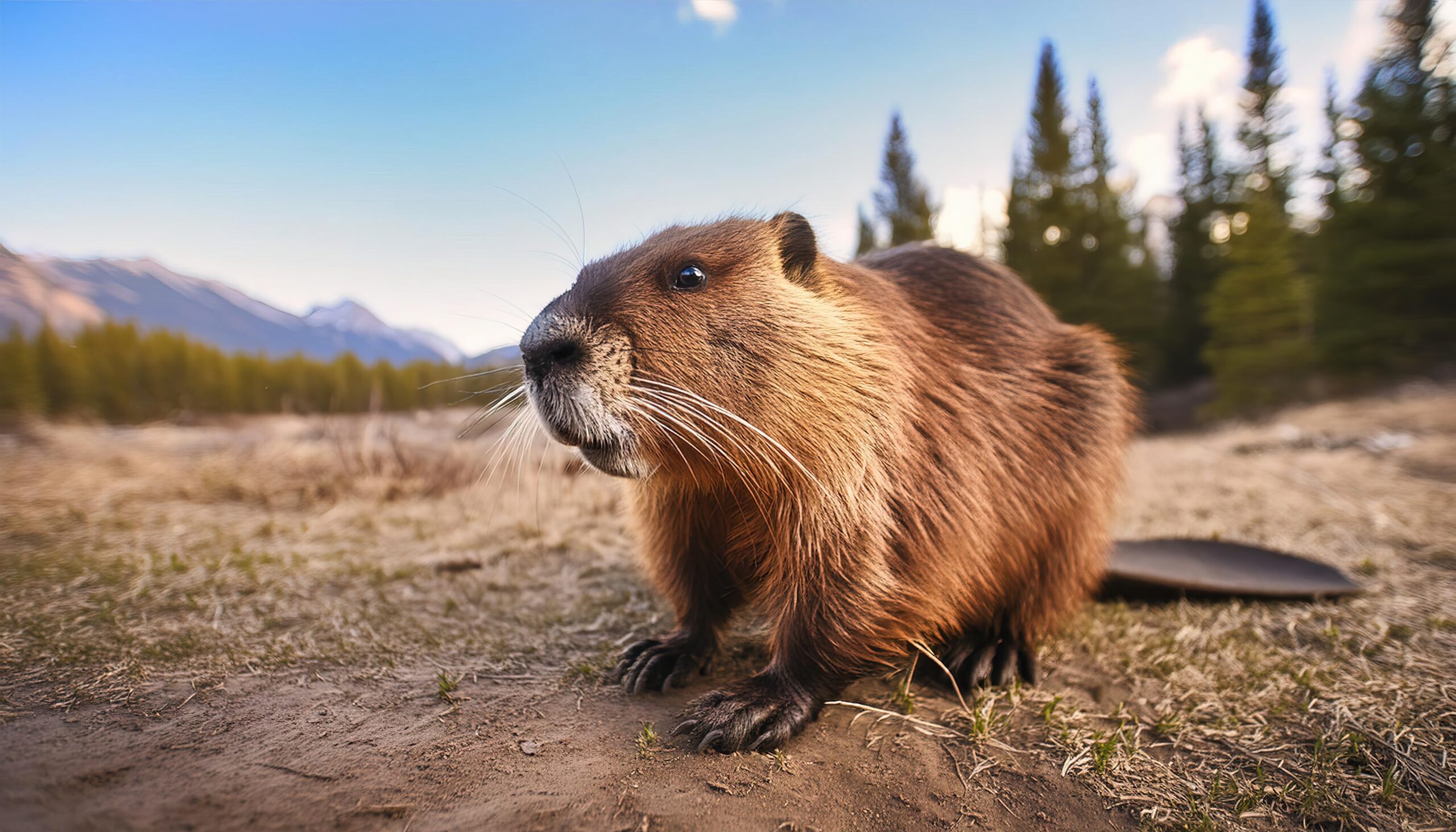
American beavers are nature’s architects. They build dams that create ponds, which provide habitat for fish, birds, and other wildlife. Their dam-building activity also slows down water flow, reducing erosion and improving water quality. These ponds can become rich ecosystems in themselves. Beavers directly shape their environment, benefiting a wide range of species.
Honeybee
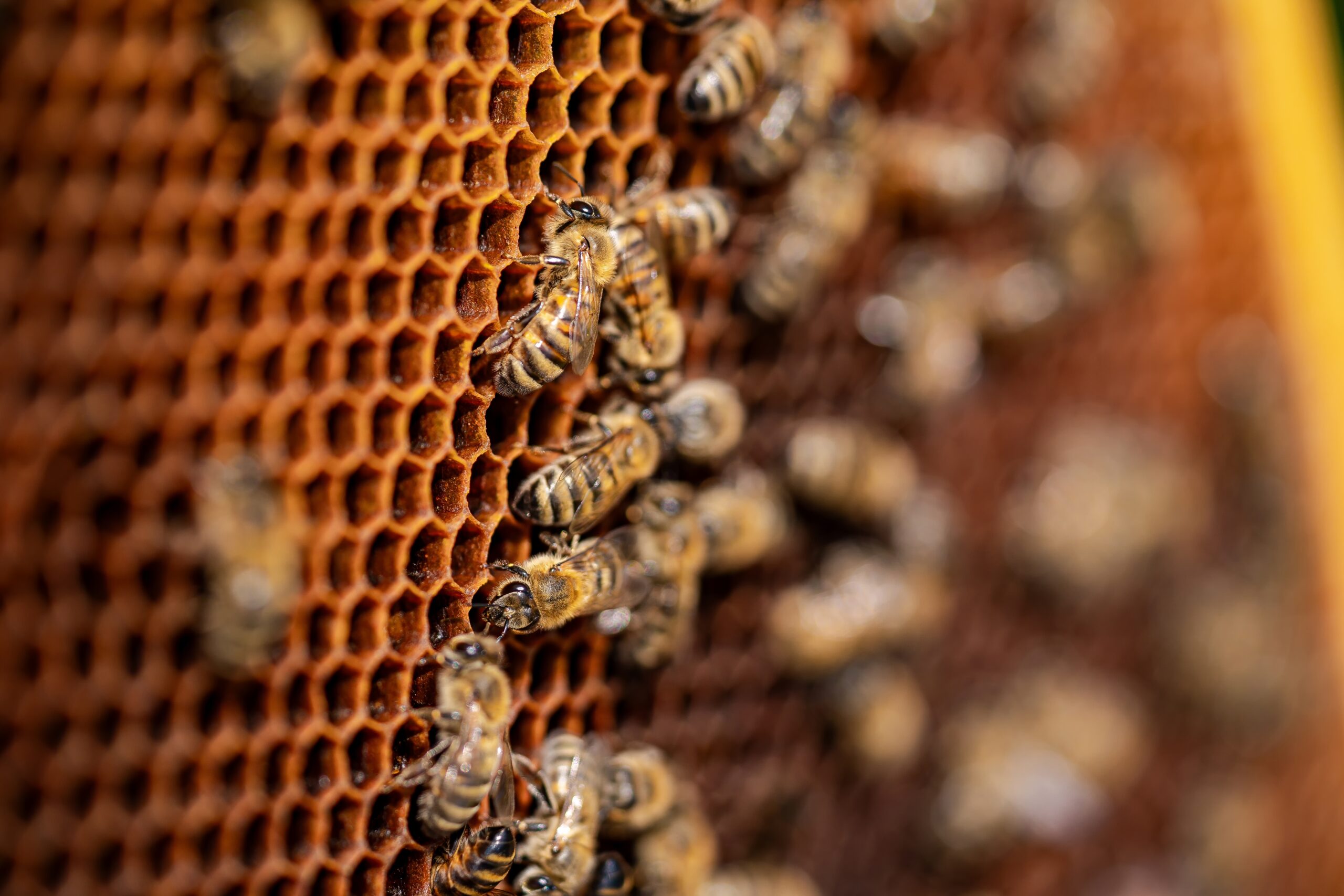
Honeybees are crucial for pollination, which supports the growth of many plants and crops. Without them, fruit and seed production would drastically decrease. This would affect not only plants but also animals that rely on them for food. Honeybees play an indispensable role in maintaining both natural and agricultural ecosystems. Their work supports biodiversity and food chains.
Jaguar
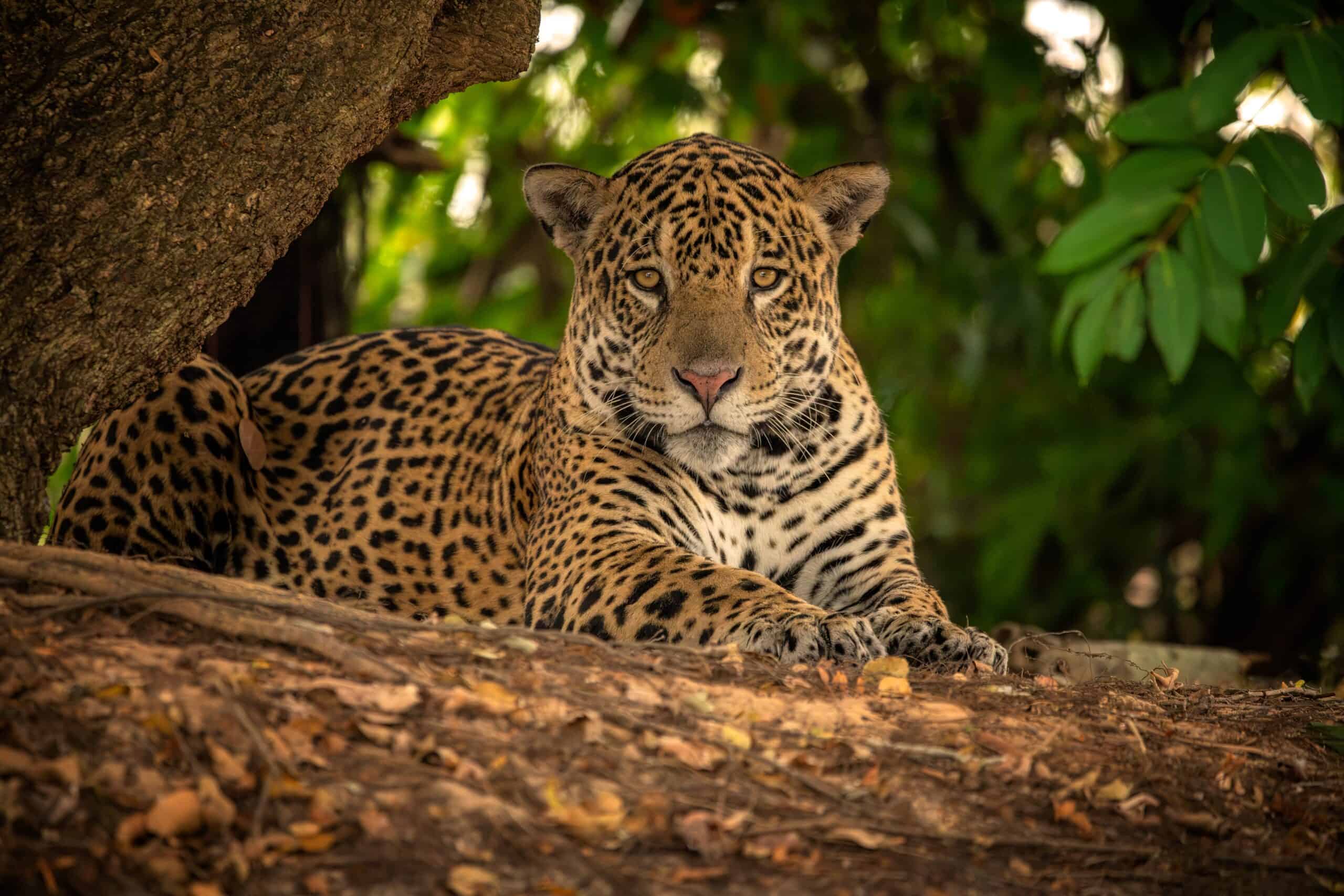
Jaguars are apex predators that help control the populations of herbivores like capybaras and deer. This top-down regulation prevents overgrazing and protects plant diversity. They roam across vast areas, and their presence ensures balanced ecosystems. Jaguars are key to maintaining the ecological structure of tropical forests and savannas. Their disappearance would cause ripple effects throughout the food chain.
Grizzly Bear
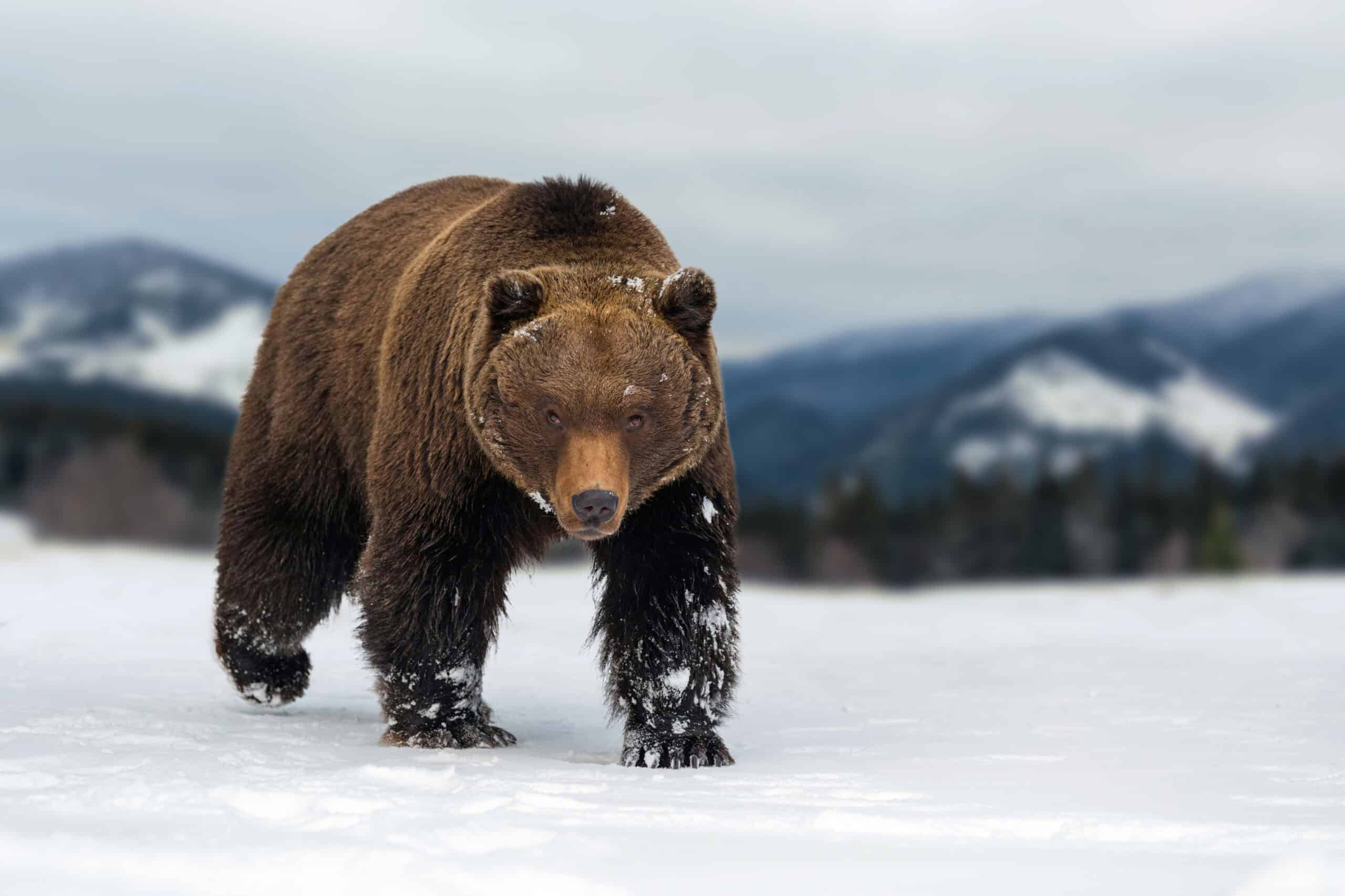
Grizzly bears play a role as both predators and seed dispersers. Their diet includes a variety of plants, berries, and fish. After feeding, they disperse seeds across large distances, promoting plant diversity. Grizzly bears also regulate prey populations like elk and deer. They help keep ecosystems functioning by maintaining balance across different species.
Red Mangrove
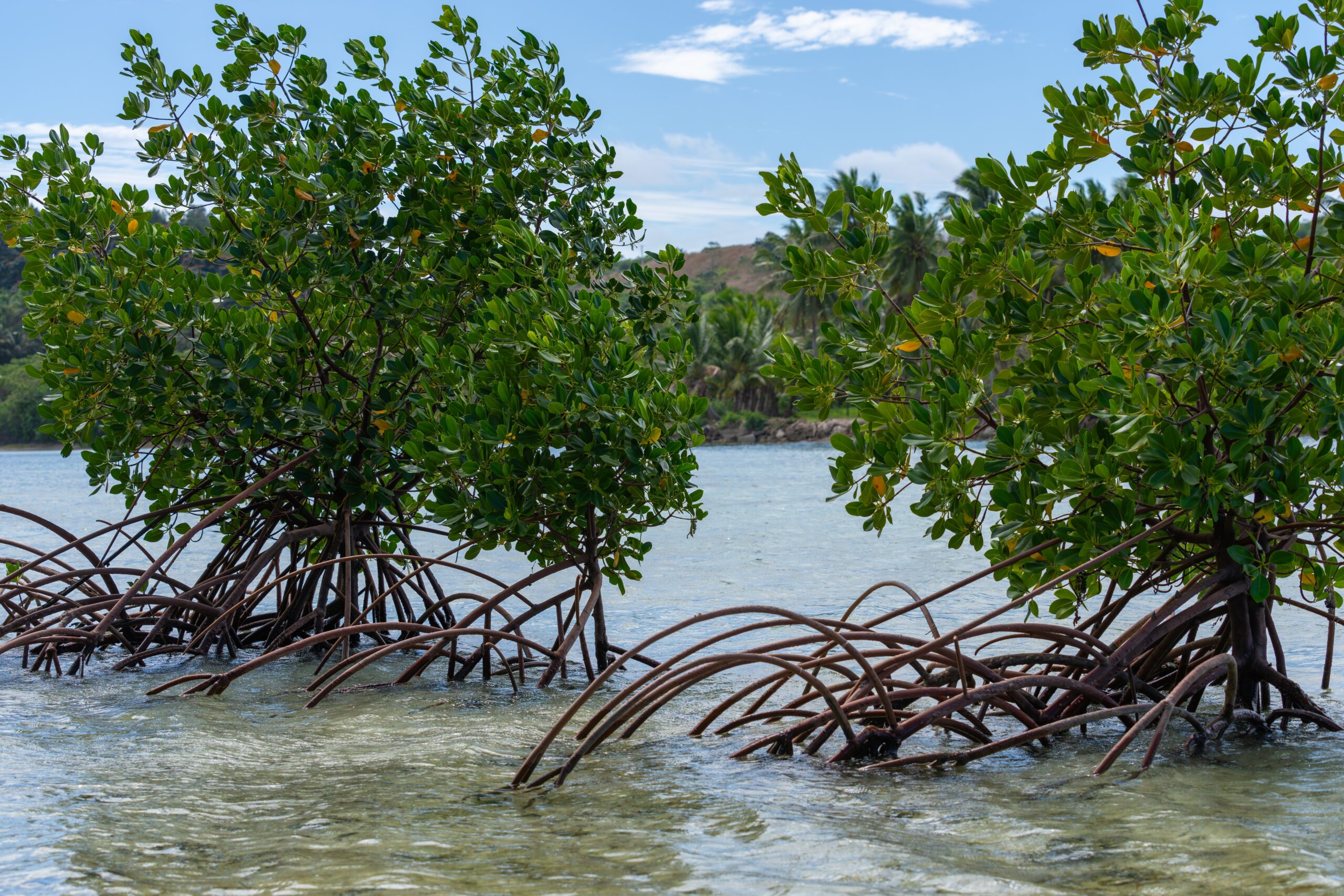
Red mangroves are vital to coastal ecosystems. Their complex root systems stabilize shorelines and reduce erosion. They also provide shelter for fish, crabs, and birds. Mangroves act as natural barriers, protecting inland areas from storms and flooding. Without red mangroves, coastal habitats would face significant damage and biodiversity loss.
Prairie Dog
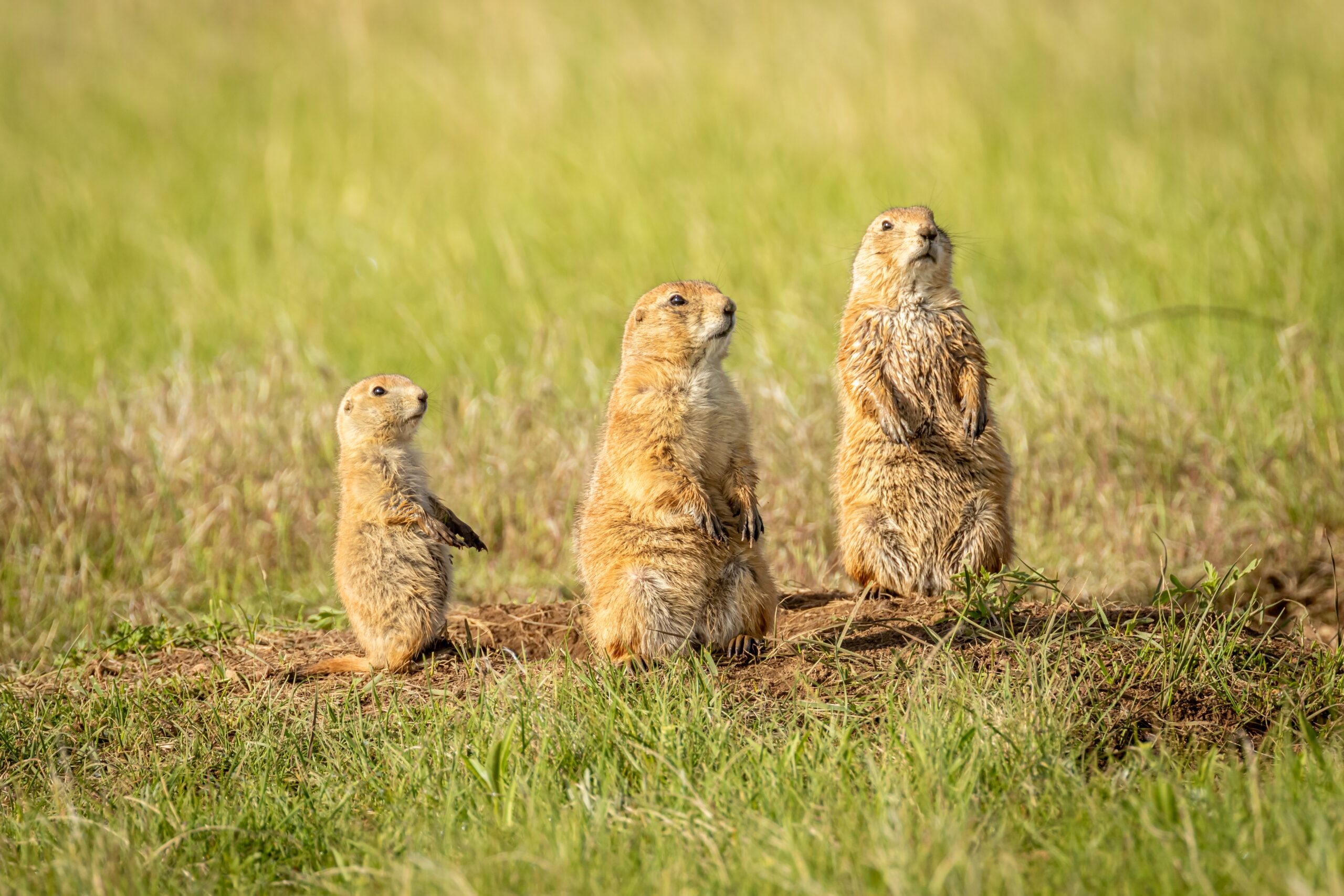
Prairie dogs are essential to the grassland ecosystem. Their burrowing creates habitats for other animals, including owls and snakes. These tunnels also improve soil aeration, helping vegetation grow. Prairie dogs control plant growth by grazing, which keeps the grasslands balanced. Their presence supports numerous species and the overall health of the prairie.
Bison
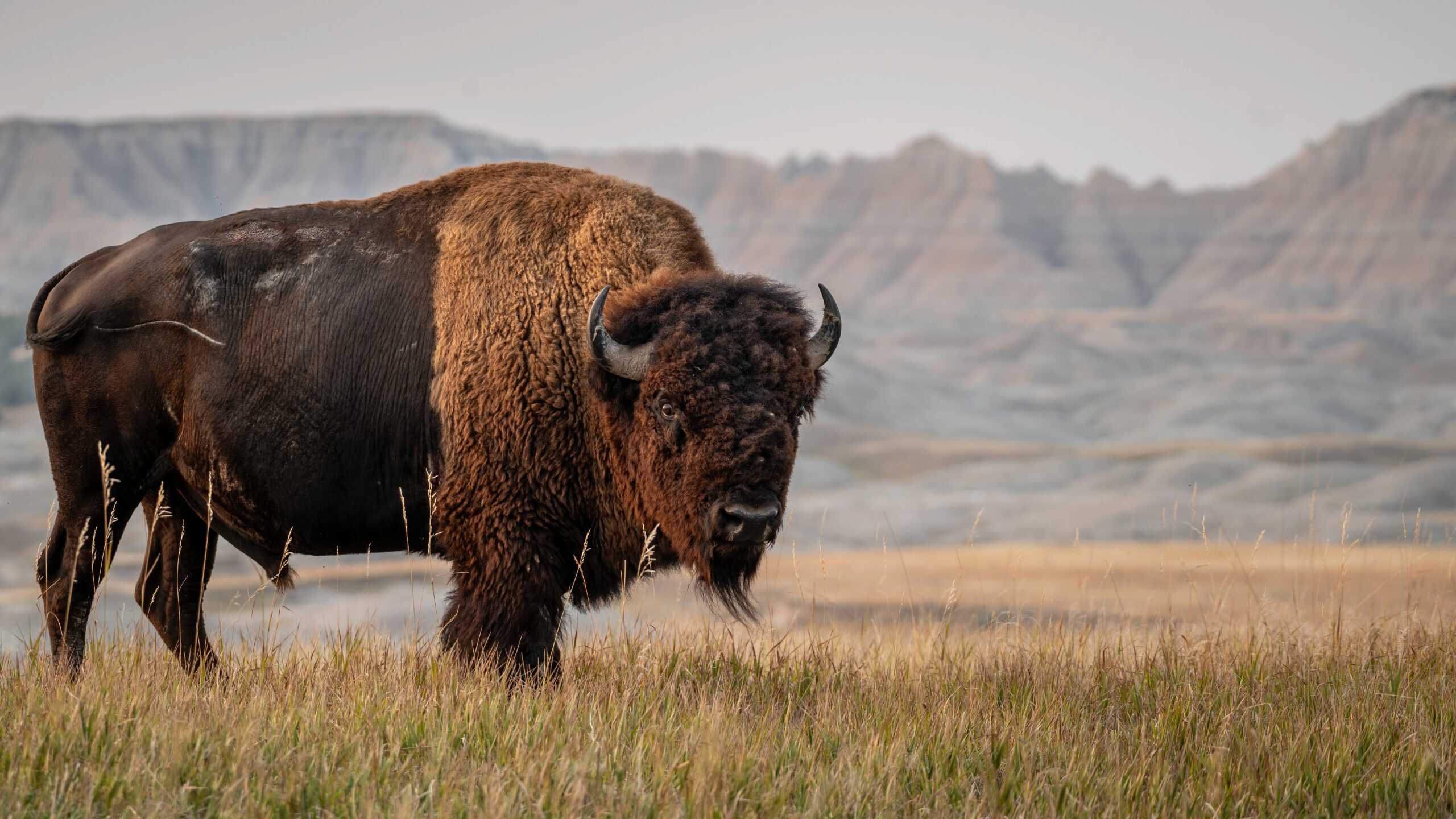
Bison are key to maintaining grassland ecosystems. Their grazing patterns promote plant diversity and help prevent overgrowth. As they move, their hooves churn up soil, allowing seeds to take root. Bison also provide food for predators like wolves and bears. Their role in the ecosystem ensures that the grasslands remain healthy and productive.
Giant Kelp
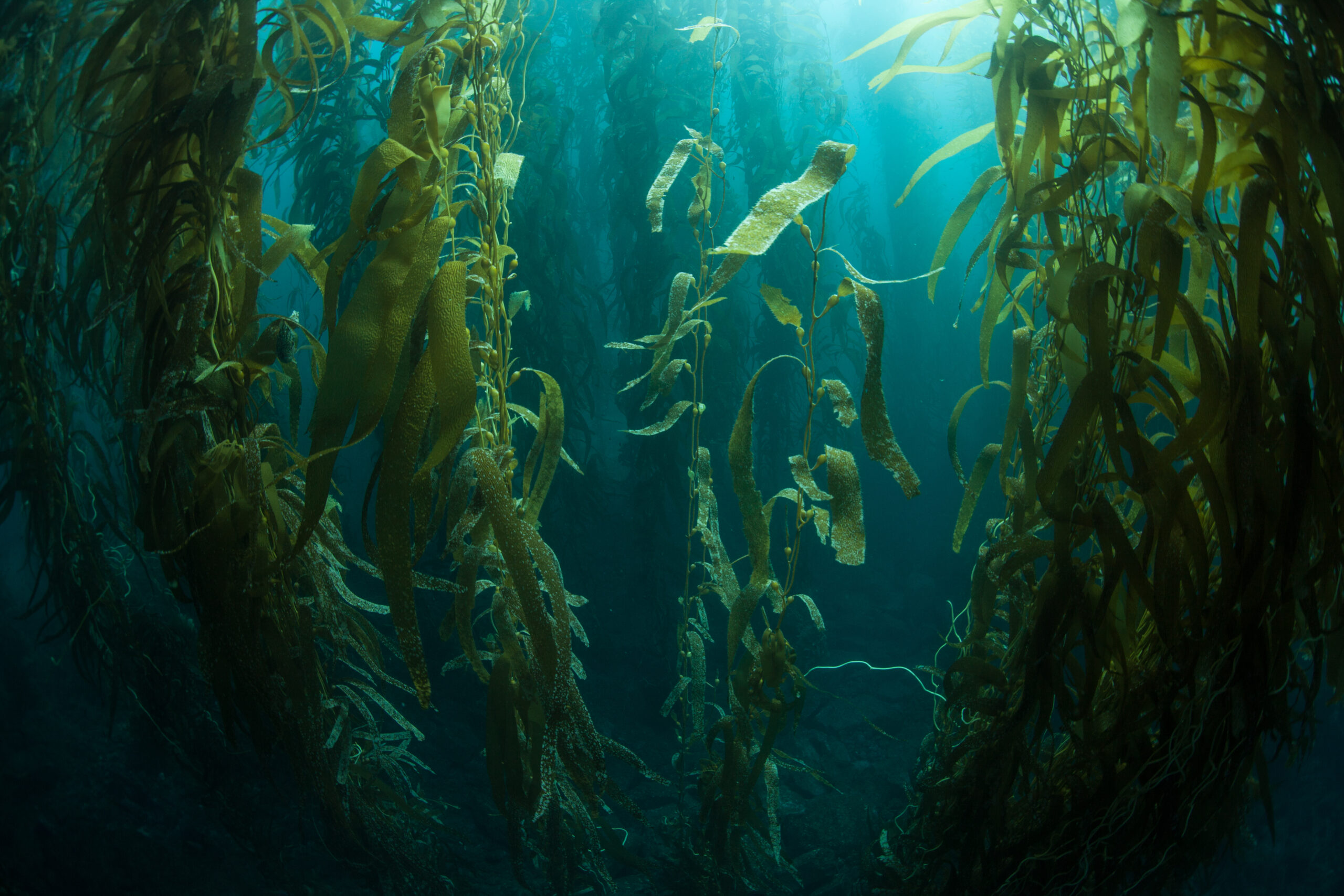
Giant kelp forms underwater forests that provide shelter for many marine species. It acts as a food source for creatures like sea urchins and fish. The towering kelp slows water currents, protecting coastlines from erosion. Its dense canopy creates habitats for marine life, supporting an entire underwater ecosystem. Without it, many marine species would struggle to survive.
Hummingbird
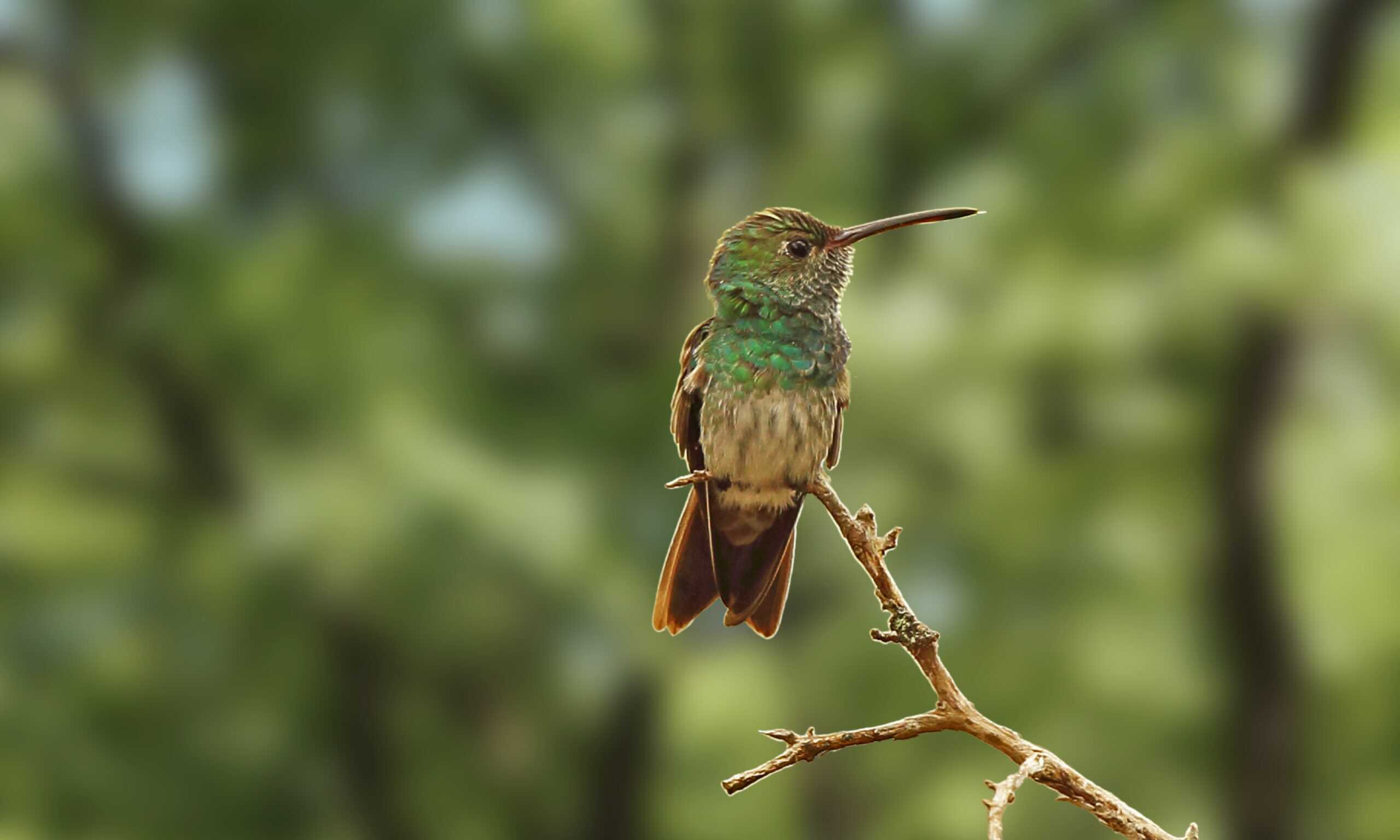
Hummingbirds are vital pollinators, especially for plants with tubular flowers. Their fast, precise movements allow them to reach nectar deep within blooms. In doing so, they transfer pollen between plants, helping them reproduce. These tiny birds play a key role in maintaining the biodiversity of flowering plants. Without hummingbirds, many species would lose an essential pollination partner.
Mountain Lion
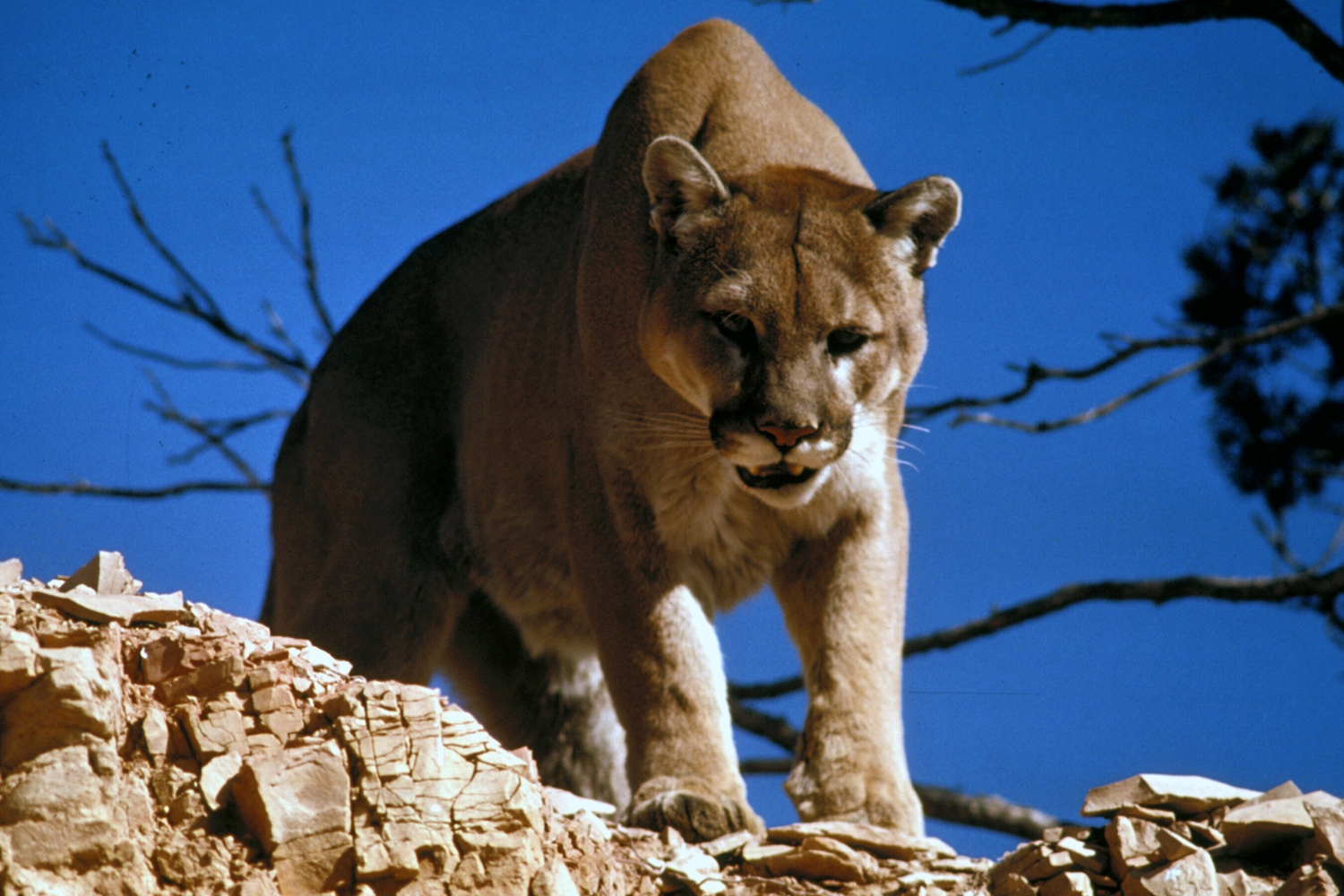
Mountain lions, as apex predators, help regulate populations of herbivores like deer and elk. This keeps plant life from being overgrazed, allowing forests and grasslands to thrive. They also create opportunities for scavengers by leaving behind uneaten prey. The mountain lion’s presence ensures a balanced ecosystem, from top predators to plants. Their absence would disrupt these delicate systems.
Shark
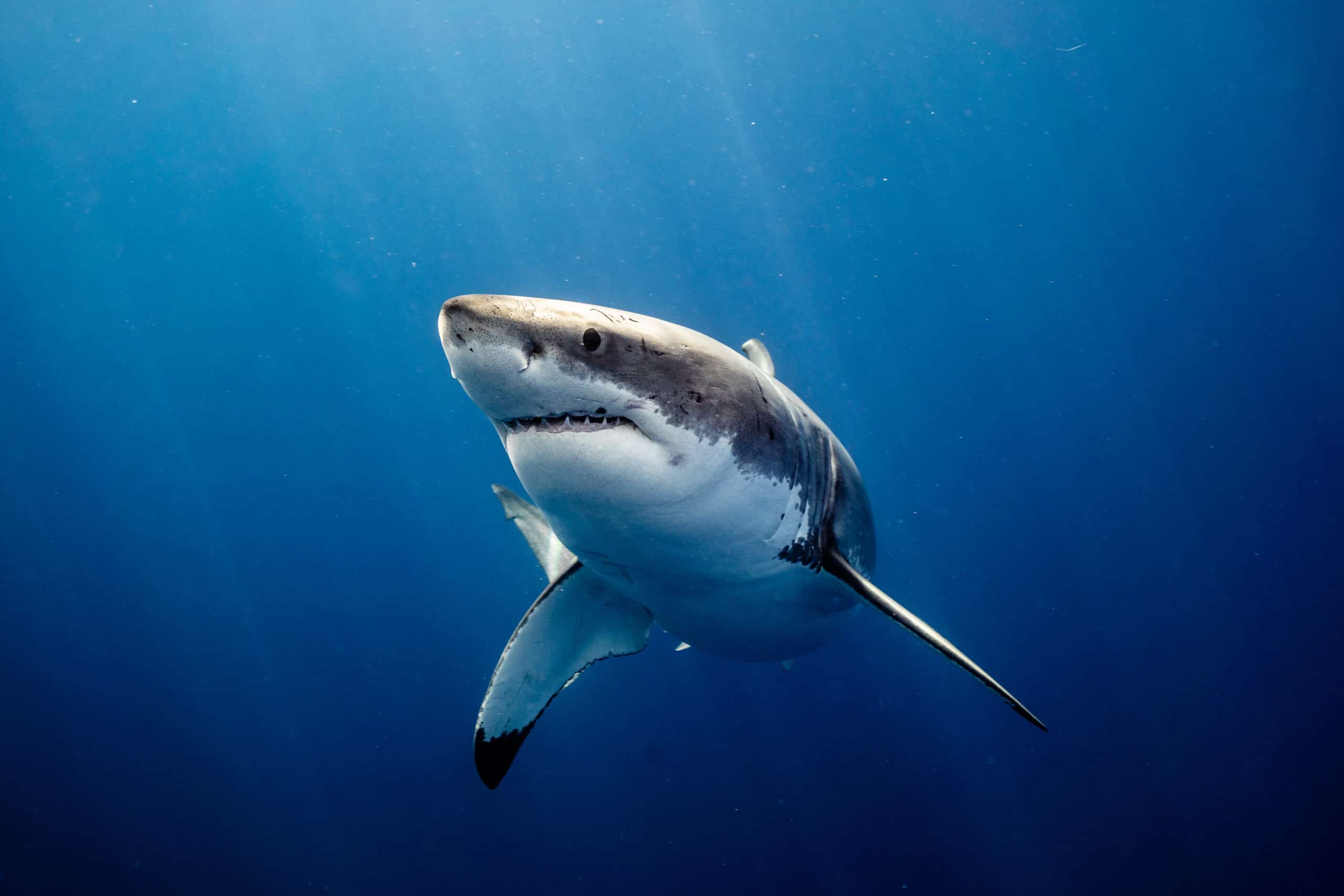
Sharks are critical in maintaining healthy marine ecosystems by controlling prey populations. As top predators, they prevent overpopulation of fish and other sea creatures. This top-down regulation helps protect coral reefs and seagrass beds. By keeping ecosystems in check, sharks support the survival of numerous marine species. Without them, oceanic ecosystems could collapse.
Saguaro Cactus
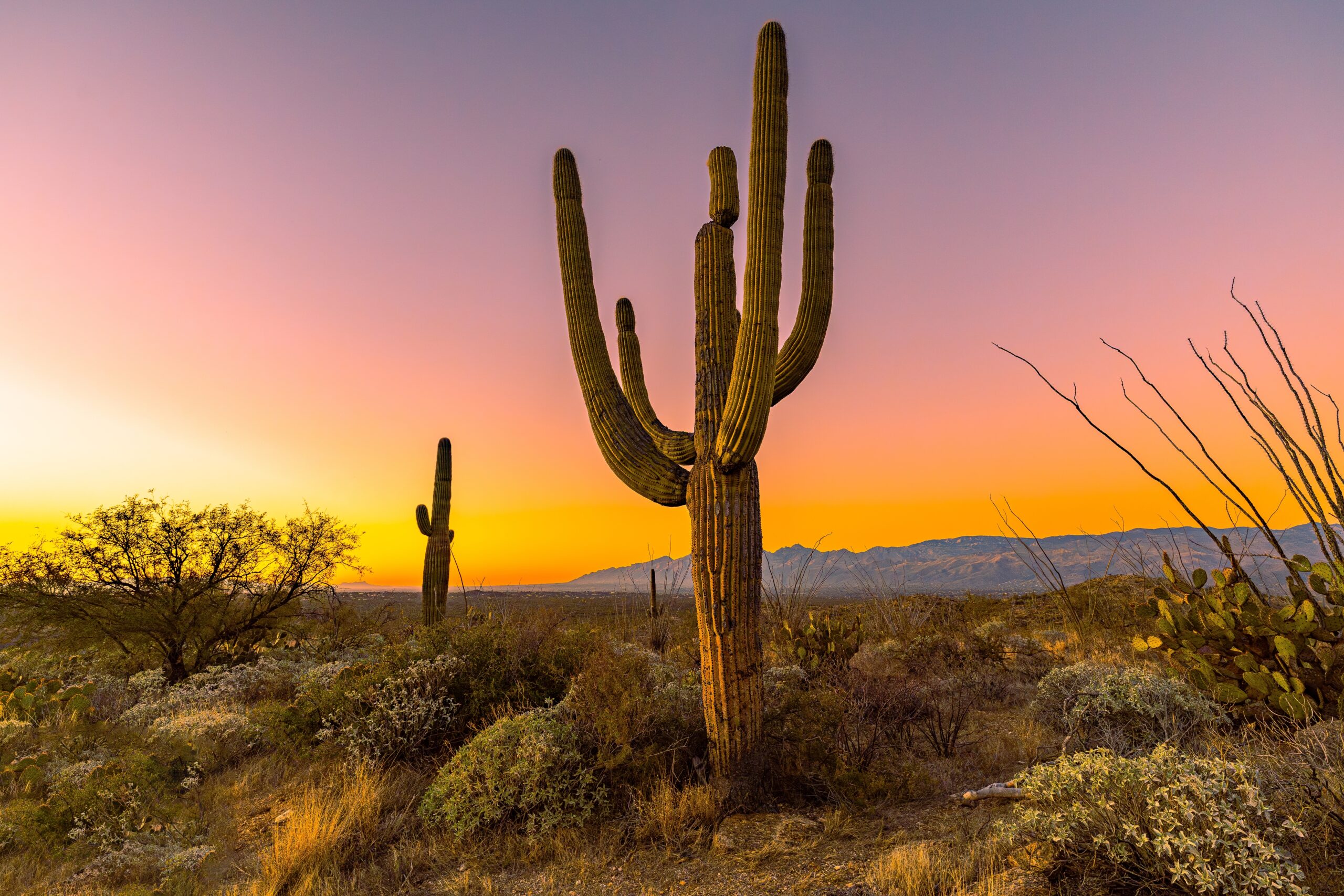
Saguaro cacti are a crucial resource in desert ecosystems. Their towering structures provide shelter for birds, bats, and insects. They store water, making them vital for survival during dry periods. When they bloom, their flowers are a key food source for pollinators like bees and bats. The saguaro supports desert biodiversity, making it essential to the habitat.
Sea Star
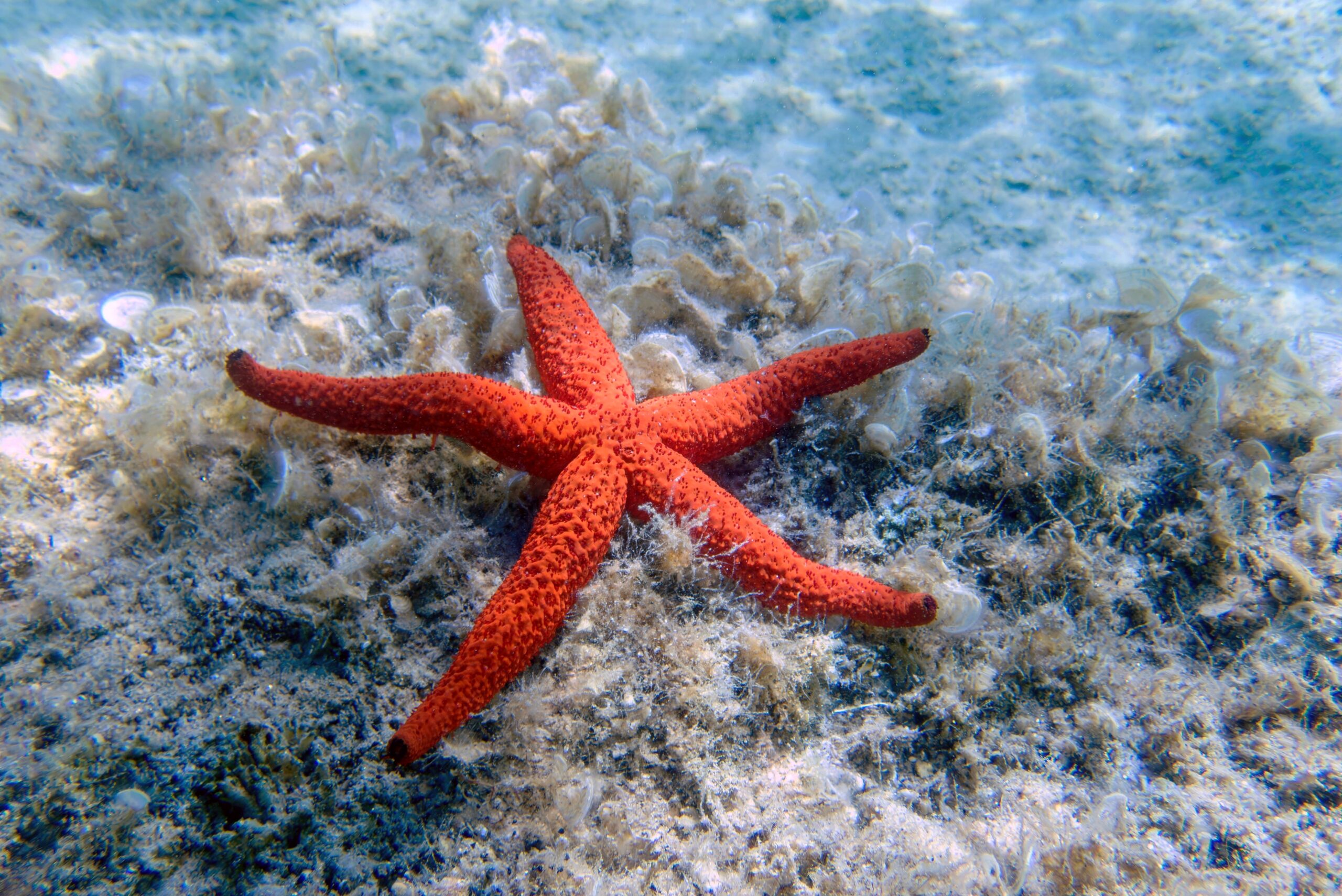
Sea stars play a critical role in controlling mussel populations in tidal zones. By feeding on mussels, they prevent these creatures from overgrowing and monopolizing space. This balance allows other marine species to thrive in rocky shorelines. Sea stars help maintain species diversity in their habitats. Their presence ensures a healthy, functioning tidal ecosystem.
Coral
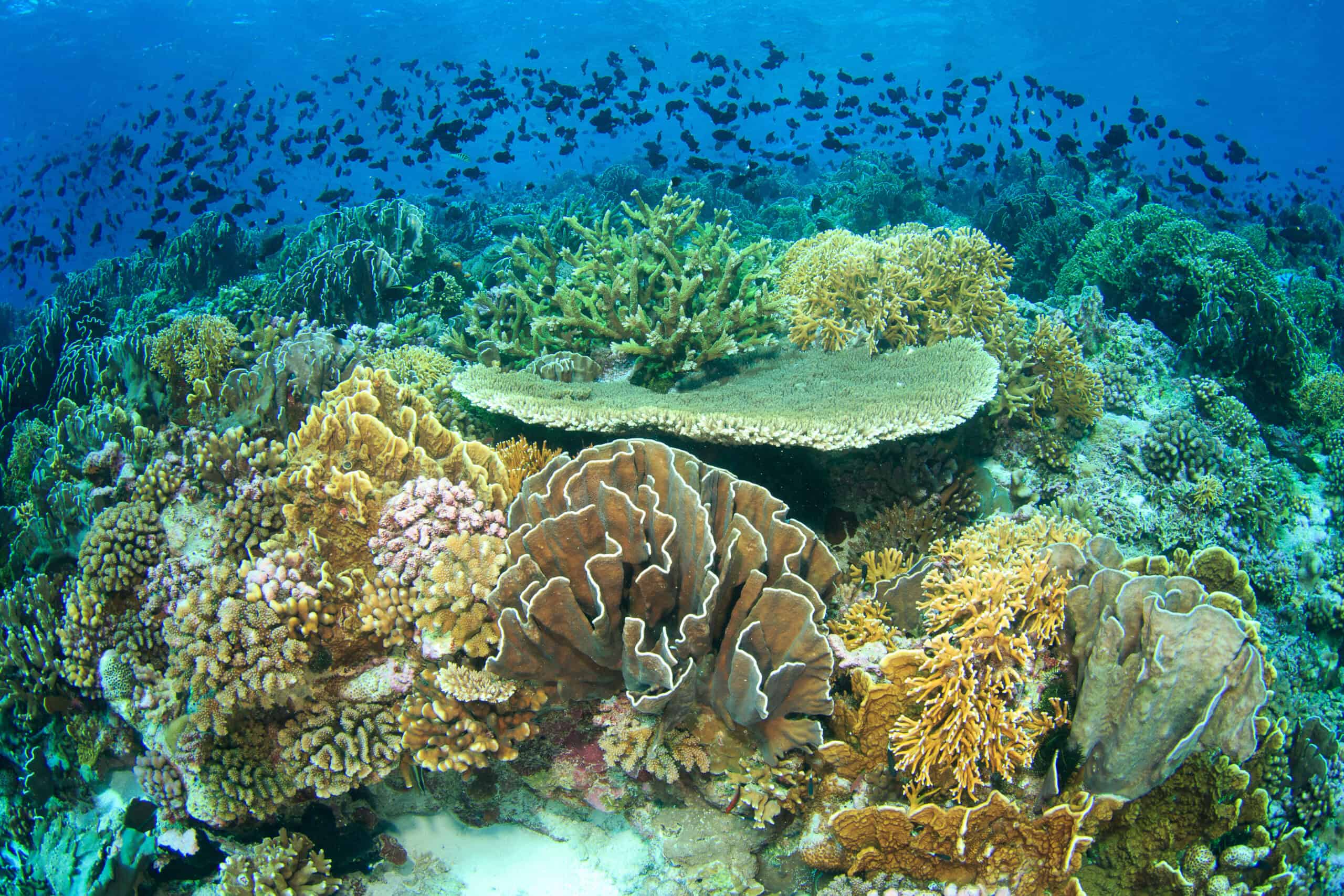
Coral reefs are the foundation of some of the world’s most diverse marine ecosystems. They provide shelter, food, and breeding grounds for countless marine species. Coral also protects coastlines by buffering wave energy. Healthy reefs are essential for supporting fish populations and marine biodiversity. Without coral, entire marine ecosystems would collapse.
Wild Boar
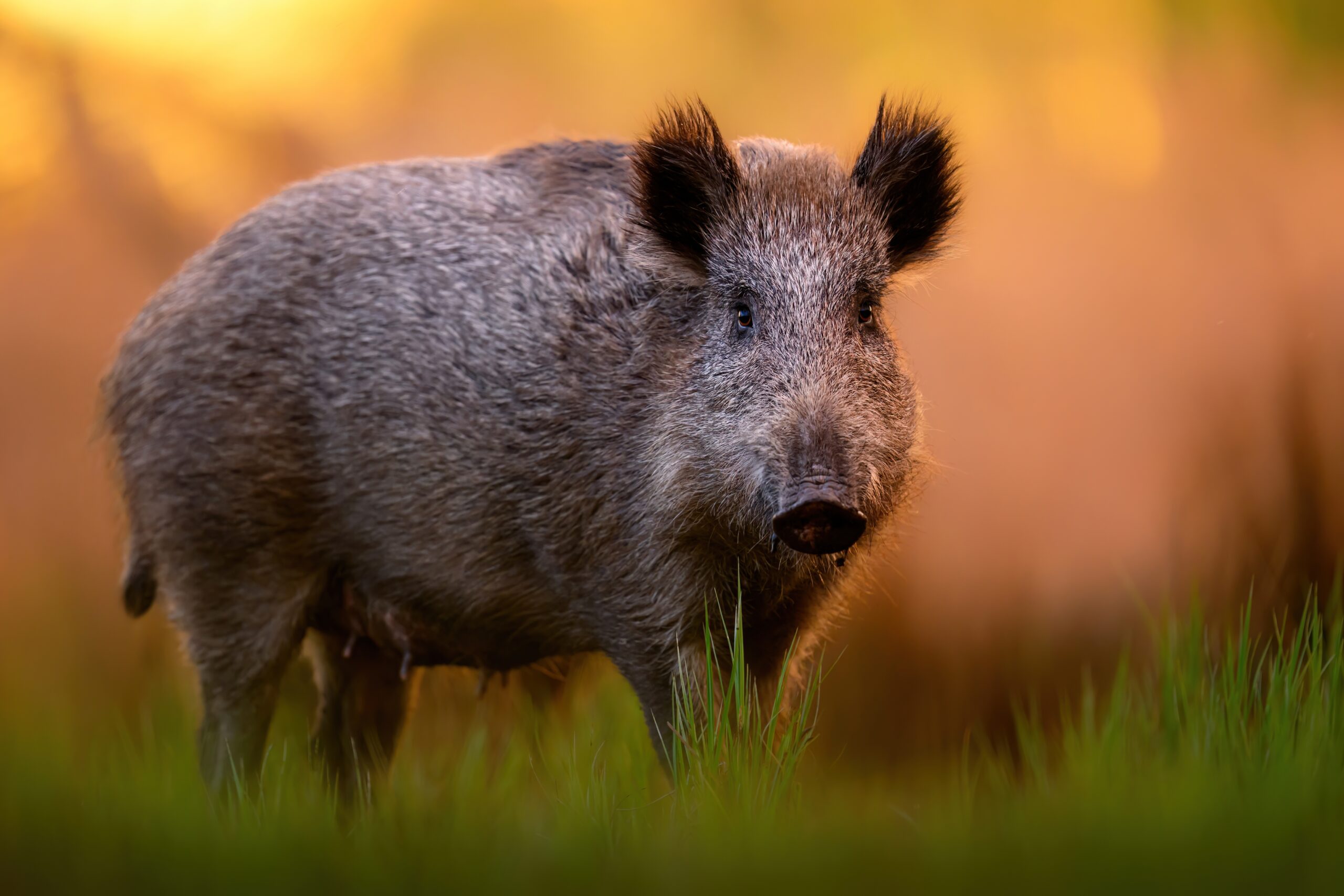
Wild boars disturb the soil as they forage for food, which helps plants grow by promoting seed dispersal. Their digging also creates habitat for smaller creatures like insects and birds. By controlling vegetation, they prevent forests from becoming overgrown. Wild boars play a key role in shaping the structure of their habitats. Their presence helps maintain biodiversity in forests and woodlands.
White-tailed Deer
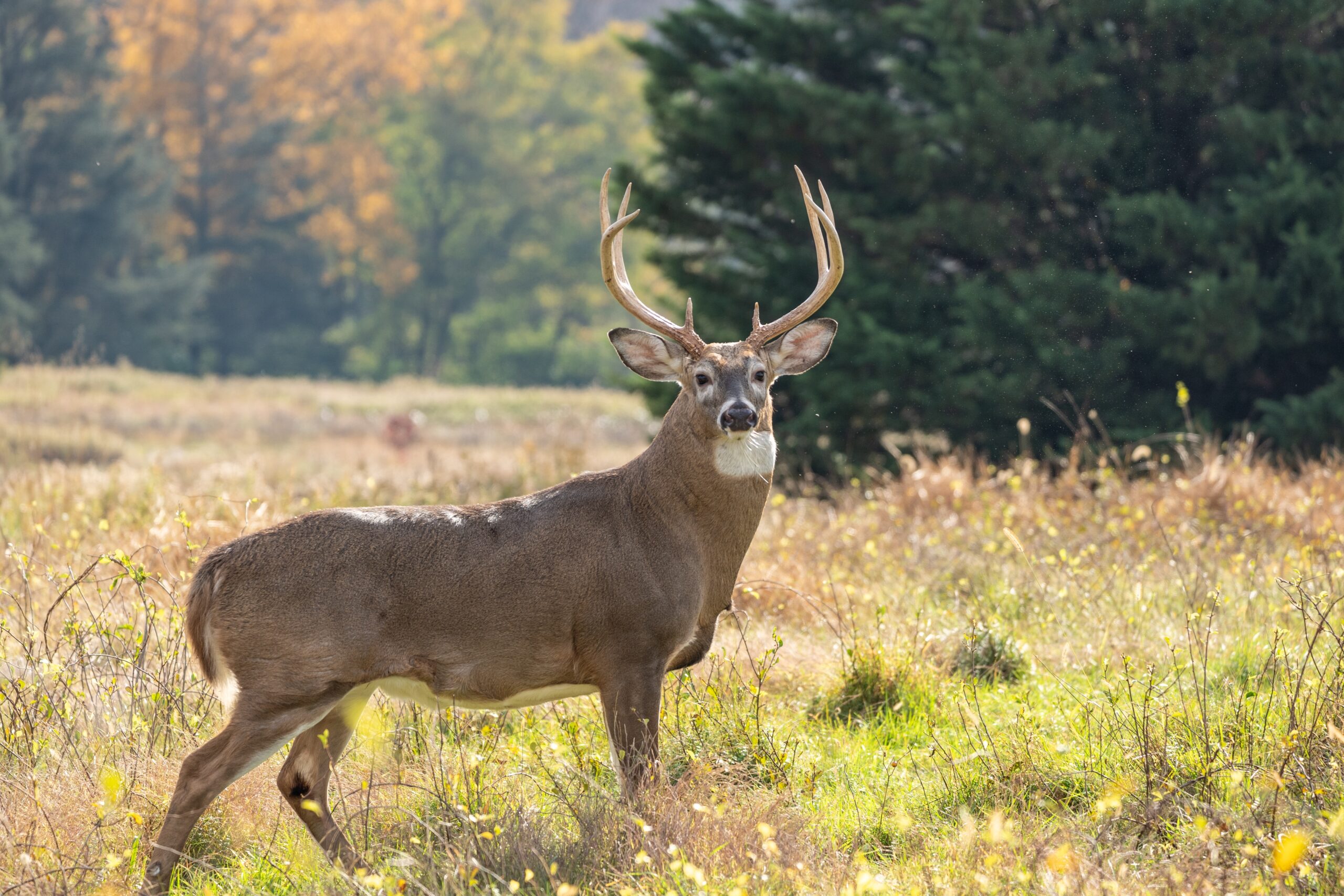
White-tailed deer help regulate forest growth through selective grazing. By feeding on certain plants, they allow others to thrive, promoting plant diversity. They also serve as prey for predators like wolves and mountain lions. White-tailed deer influence the balance of plant and animal life in their ecosystem. Their actions shape the structure and health of forests.
Gopher Tortoise
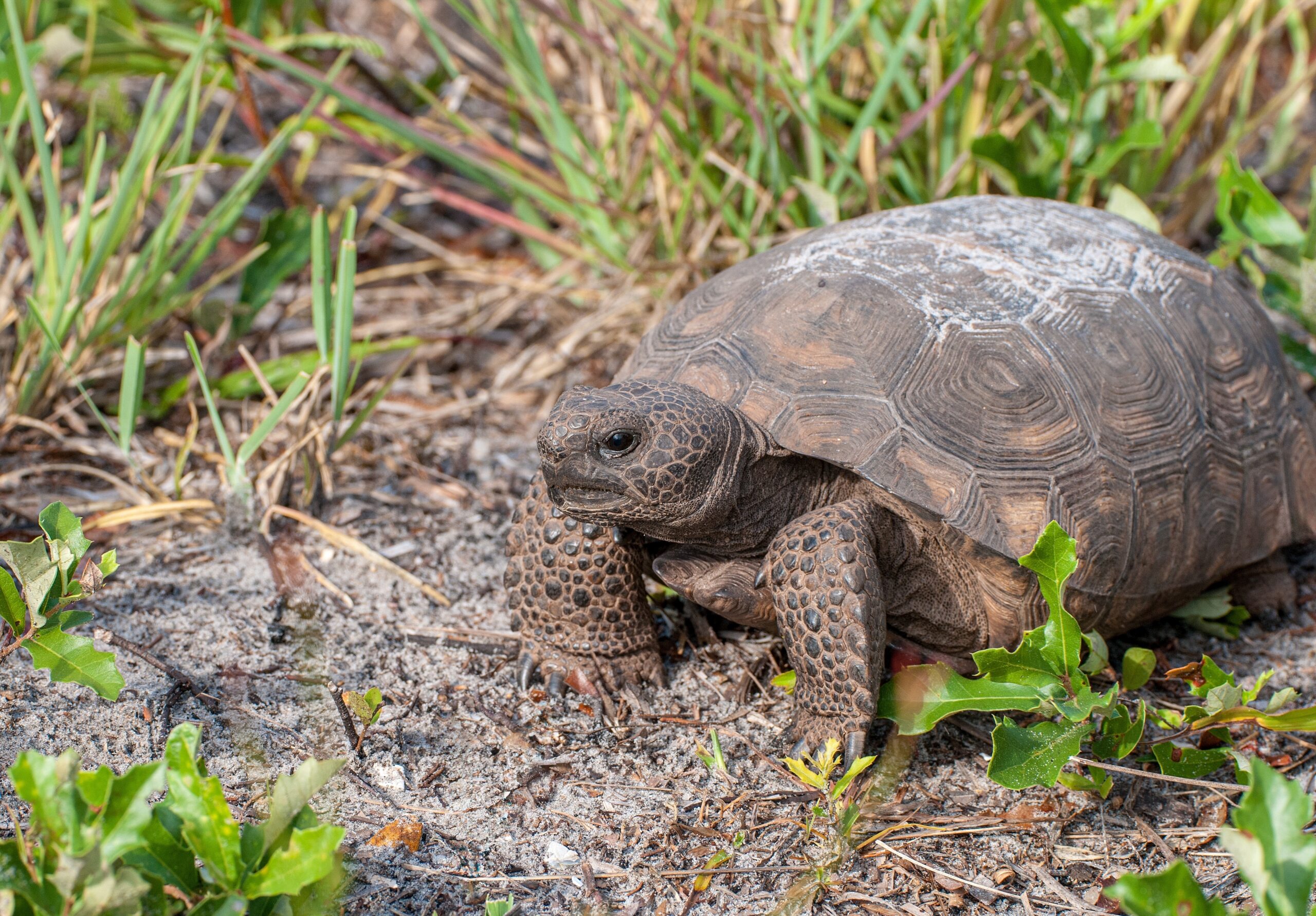
Gopher tortoises are ecosystem engineers, digging extensive burrows that provide shelter for other species. These burrows are used by over 350 different animals, including snakes and small mammals. The tortoises also help disperse seeds, contributing to plant diversity. Their presence shapes the landscape of grasslands and forests. Without them, many species would lose vital shelter and resources.
This article originally appeared on Rarest.org.
More from Rarest.org
15 Most Collectible Vintage Motorcycles

Vintage motorcycles are more than just machines; they are symbols of history, craftsmanship, and innovation. Read More.
10 Historic Chess Sets That Are Cherished by Collectors Worldwide
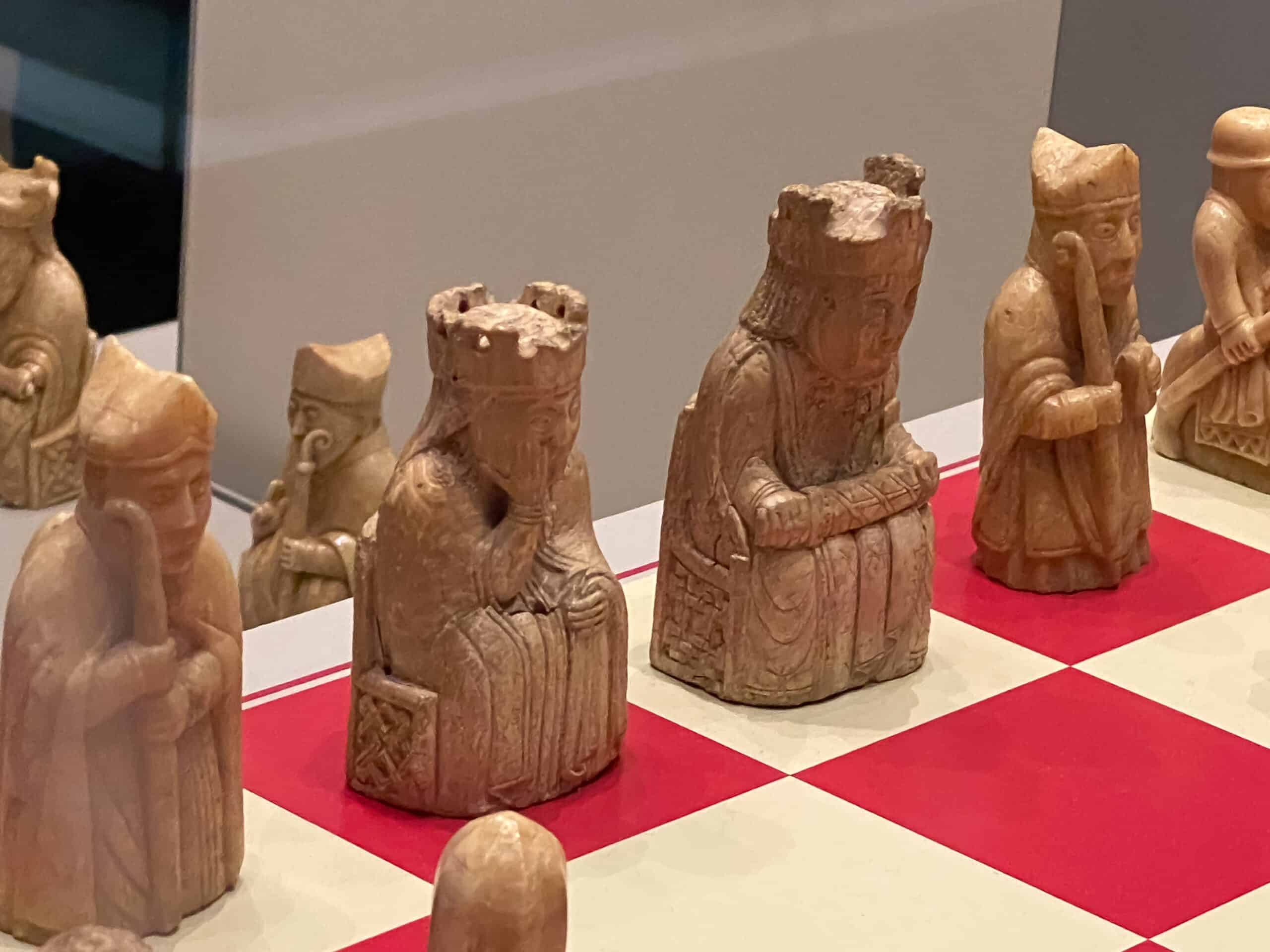
Historic chess sets have captivated collectors with their intricate designs and rich stories. Each set carries the essence of the era it was crafted in, making them valuable artifacts. Read More.
8 Ancient Shipwrecks with Mysterious Cargo
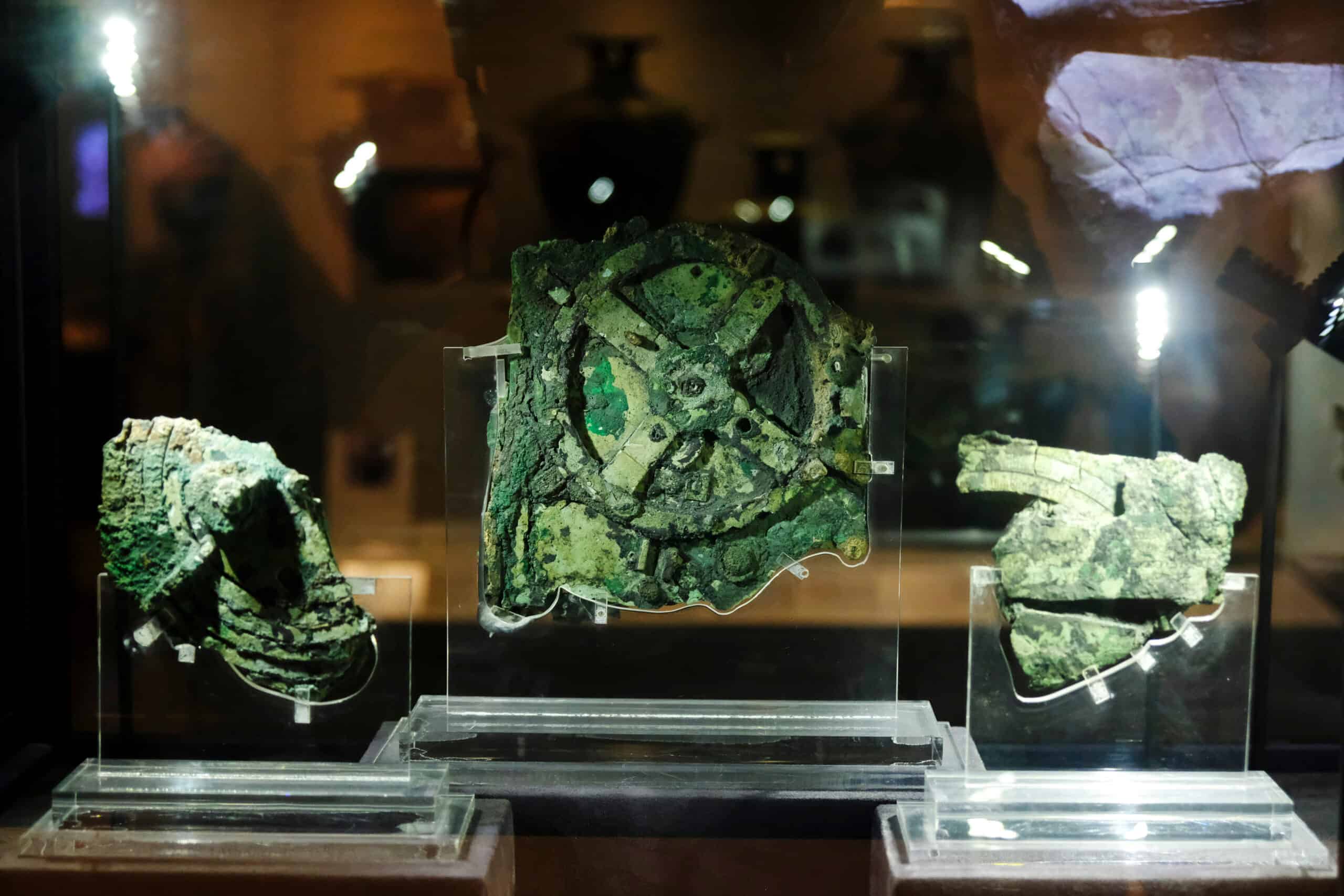
The ocean’s depths hide countless secrets, with ancient shipwrecks telling tales of long-lost voyages. These underwater time capsules often reveal mysterious and valuable cargo. Read More.
